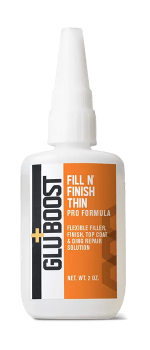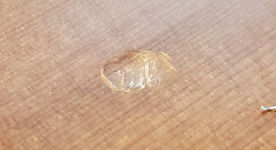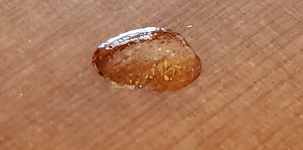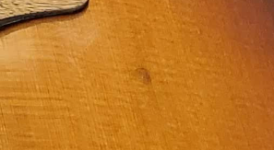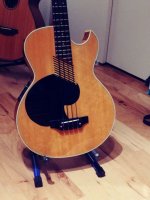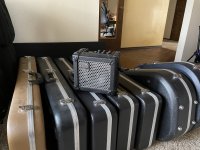- Messages
- 36,123
- Location
- ABQ NM
Question for the hive mind here: My bandmate Jeff is wearing through the face of his acoustic bass guitar (where he rests his right thumb) and wants to put a plastic pick guard on it to prevent it from wearing all the way through (like Willy Nelson's Trigger). He has a thin self-adhesive pick guard blank (about 1/16" thick), but before he sticks it on, he's looking for a suitable material to fill the depression his thumb has worn into the wood. It needs to be stable, and it needs to adhere well to the wood. My thoughts are either Bondo or Durham's Water Putty. Any suggestions? I asked the same question on an Amateur Luthiers group on Facebook, but the only semi-workable suggestion was a product called Wonderfil, but that seems to be more of a grain filler and nail hole patch. (I've noticed a lot of luthiers have a pretty limited range of woodworking experience.) I know Durham's or Bondo can be sanded to a feathered edge that will hold up and not shrink, and I'm hesitant to try an unknown like Wonderfil.
Here's a picture of the same model of bass that I found on the Internet:
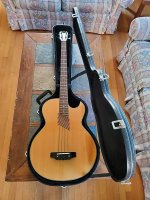
Here's a picture of the same model of bass that I found on the Internet:


